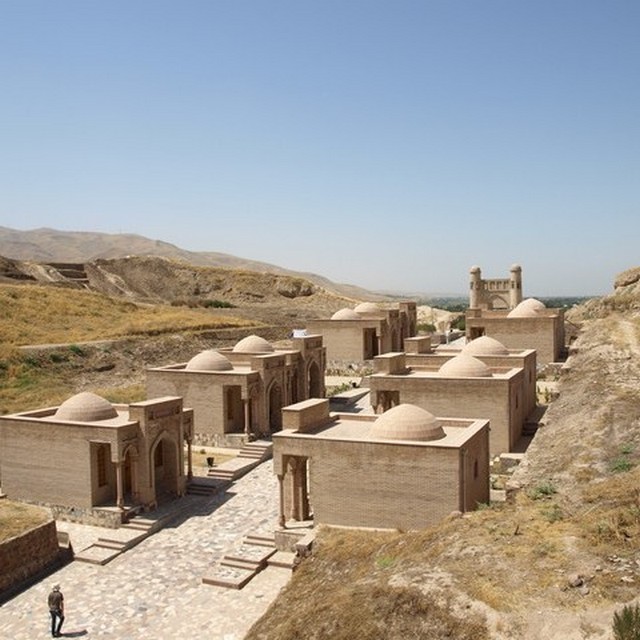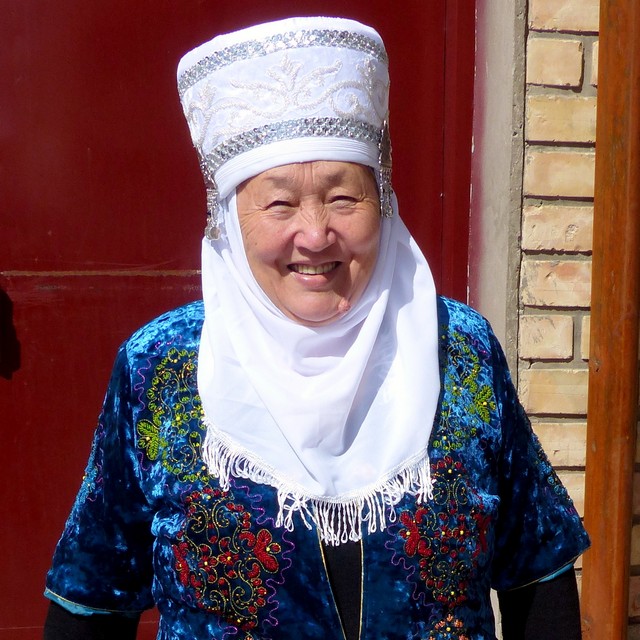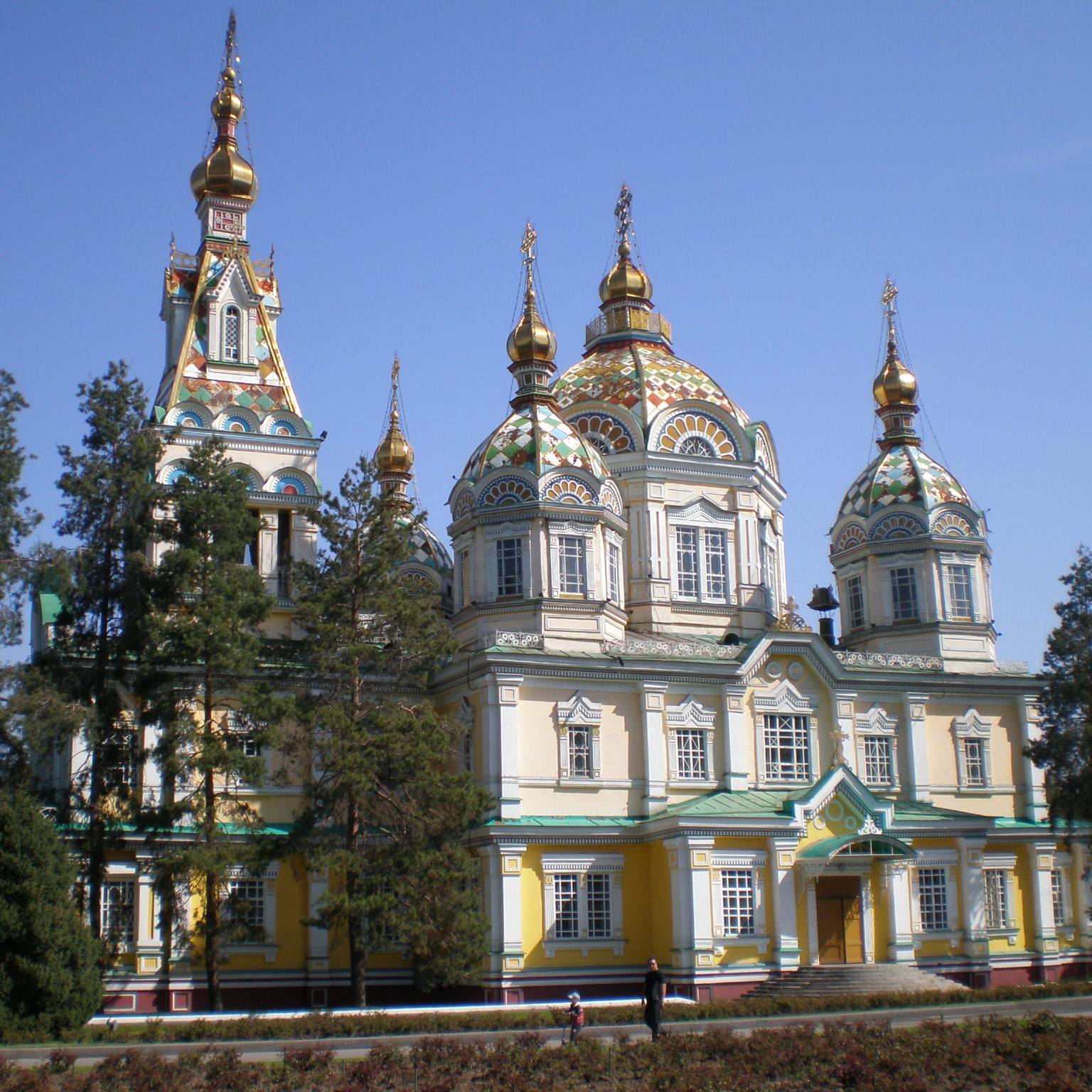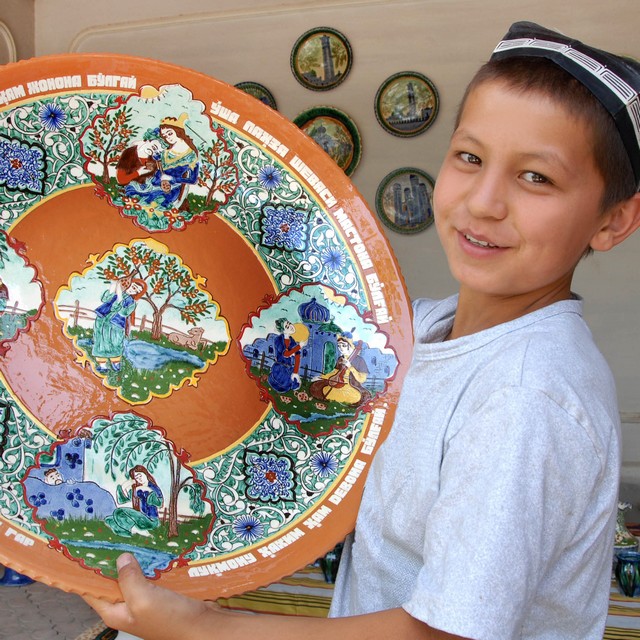
Day 1 : Bishkek
On arrival in Bishkek you will be met by a Travel The Unknown representative and transferred to your hotel. Note that most flights arrive in the very early morning, however your hotel is booked from the afternoon of the day prior so you're also able to arrive the prior evening.
In the afternoon, take a tour of Bishkek which will include a visit to Osh Bazaar, the Eternal Fire (Victory Square), the National Museum, and Ala Too Central Square. Return to your hotel and relax for the evening. Overnight in Bishkek.
Overnight in Damas , Bishkek
Meal plan: Breakfast
The Eternal Fire monument, also known as 'Victory Square' and 'Victory monument', was constructed in 1984. The statue depicts a woman who is standing over the eternal flame, waiting for the return of her son or husband to return home from the Great Patriotic War (as they call their participation in World War II, from 1941 to 1945).
Osh Bazaar is one of the largest markets in Bishkek. It is popular with locals and visitors alike, who can barter and buy an array of regional food, musical instruments and Kyrgyz national clothes.




















